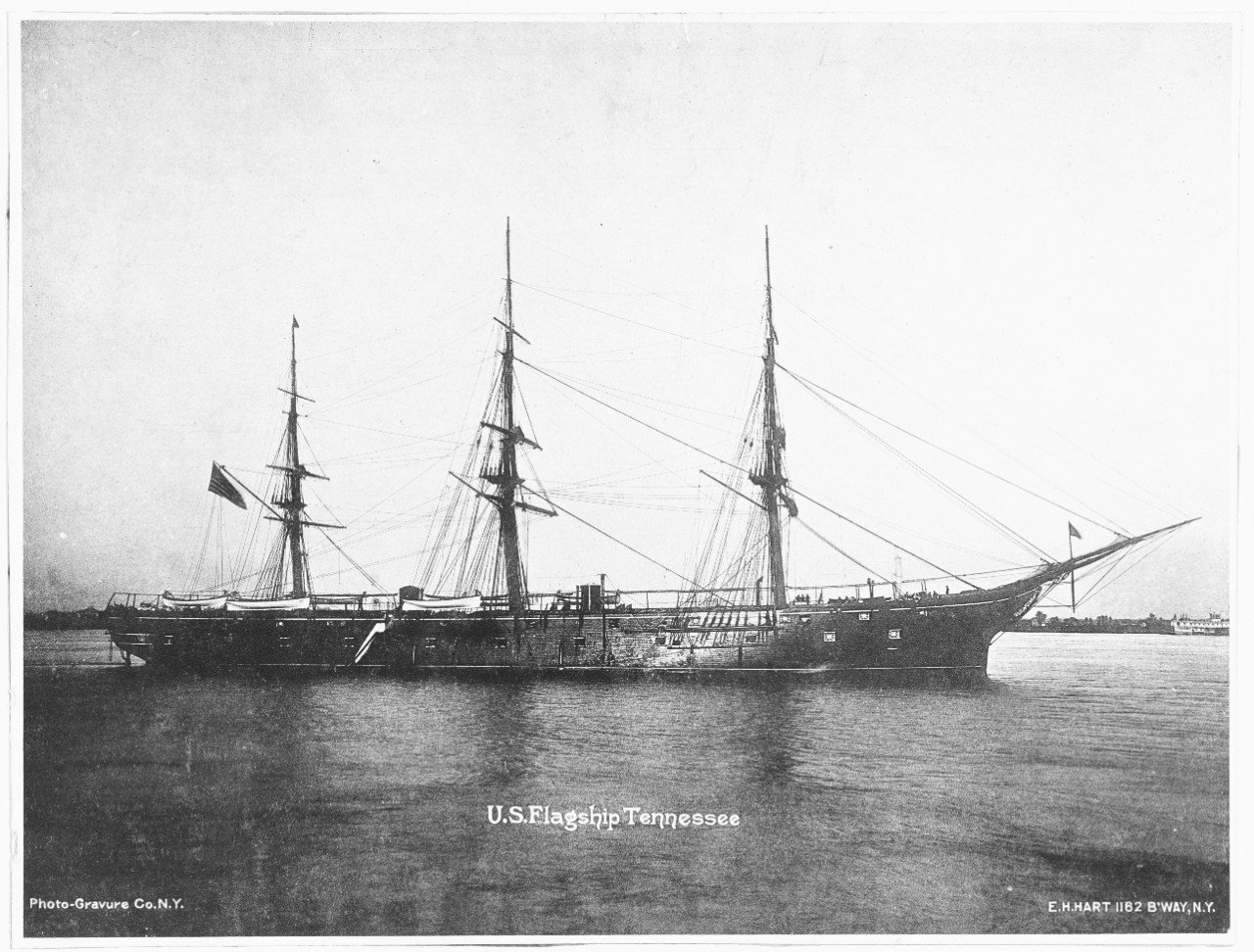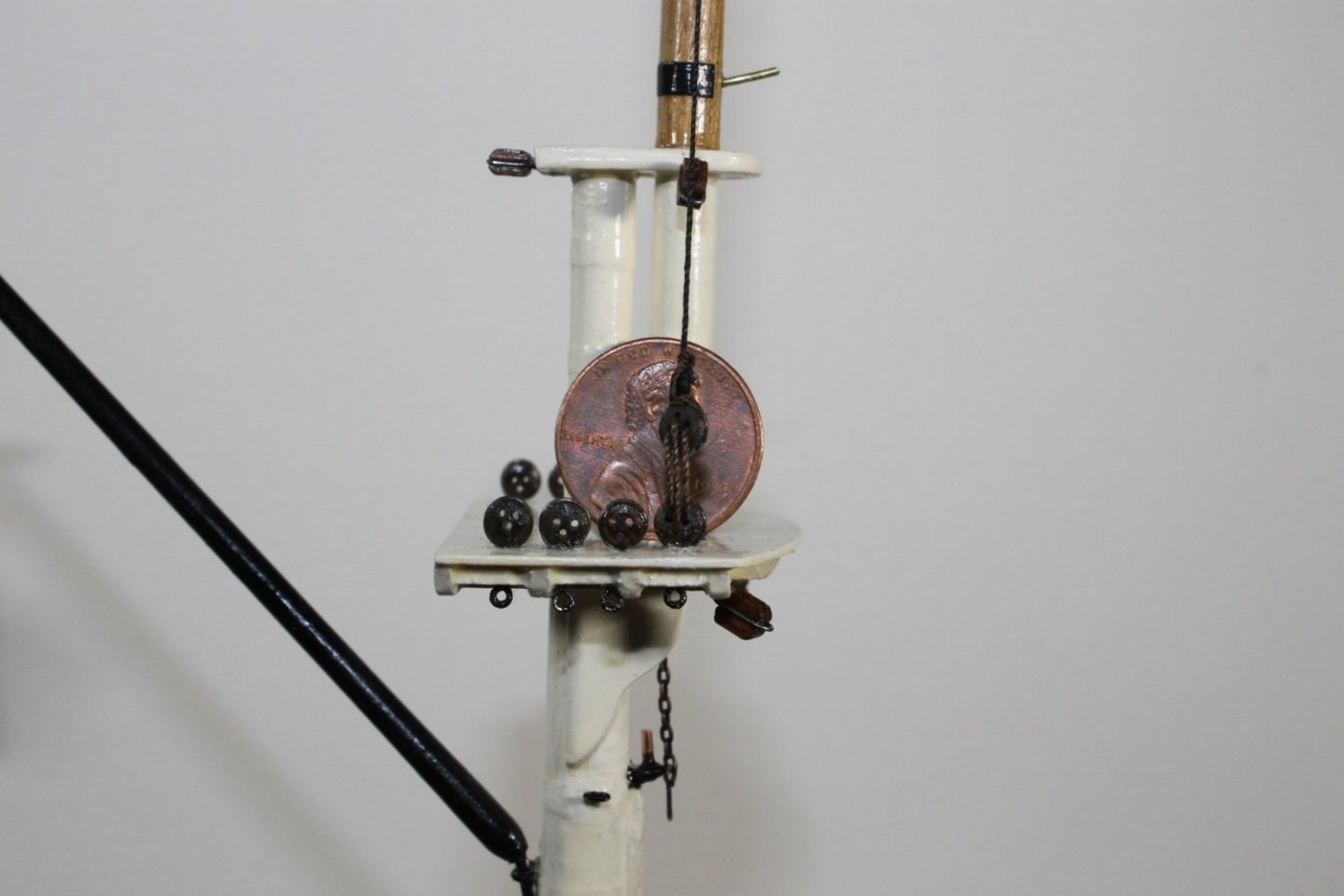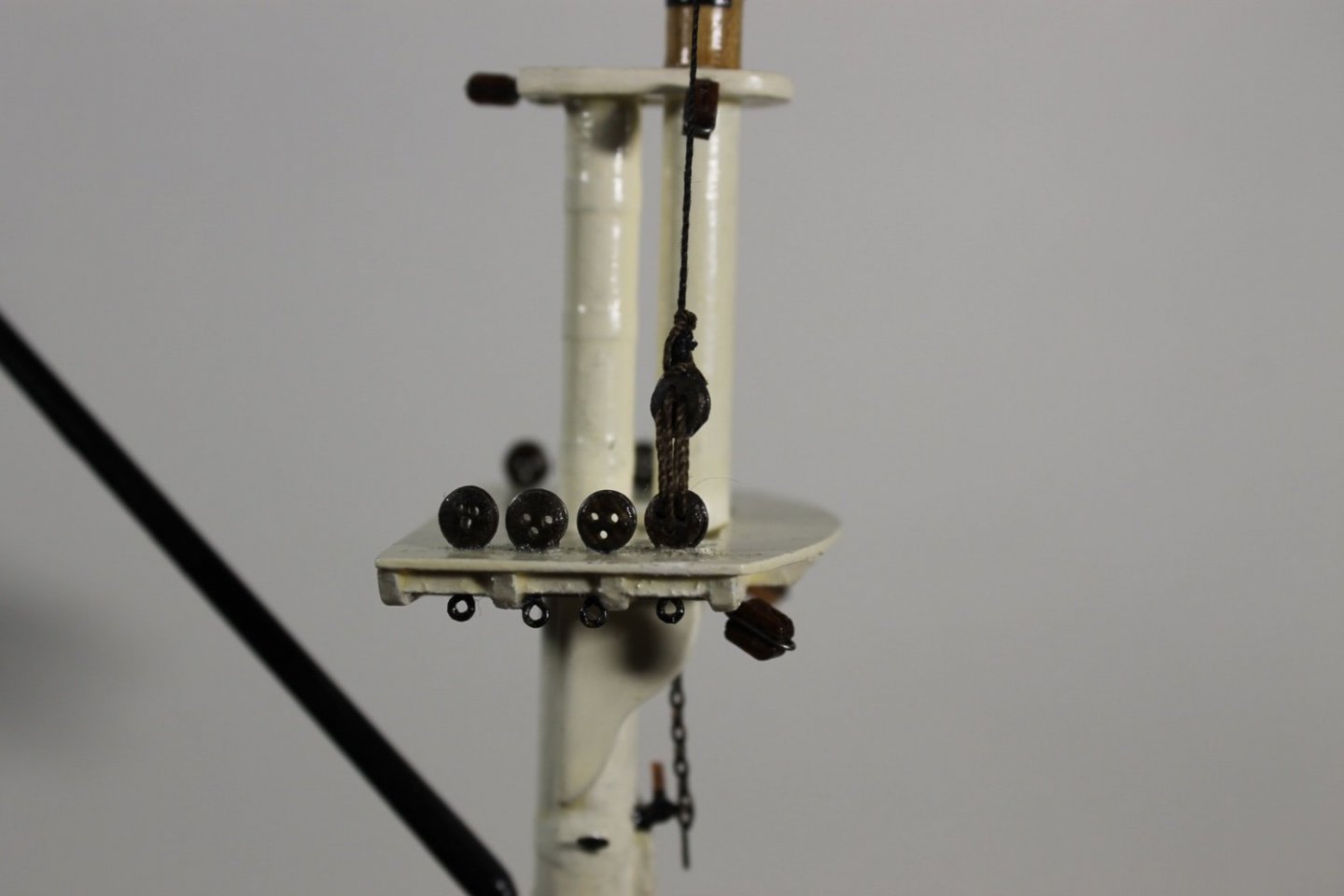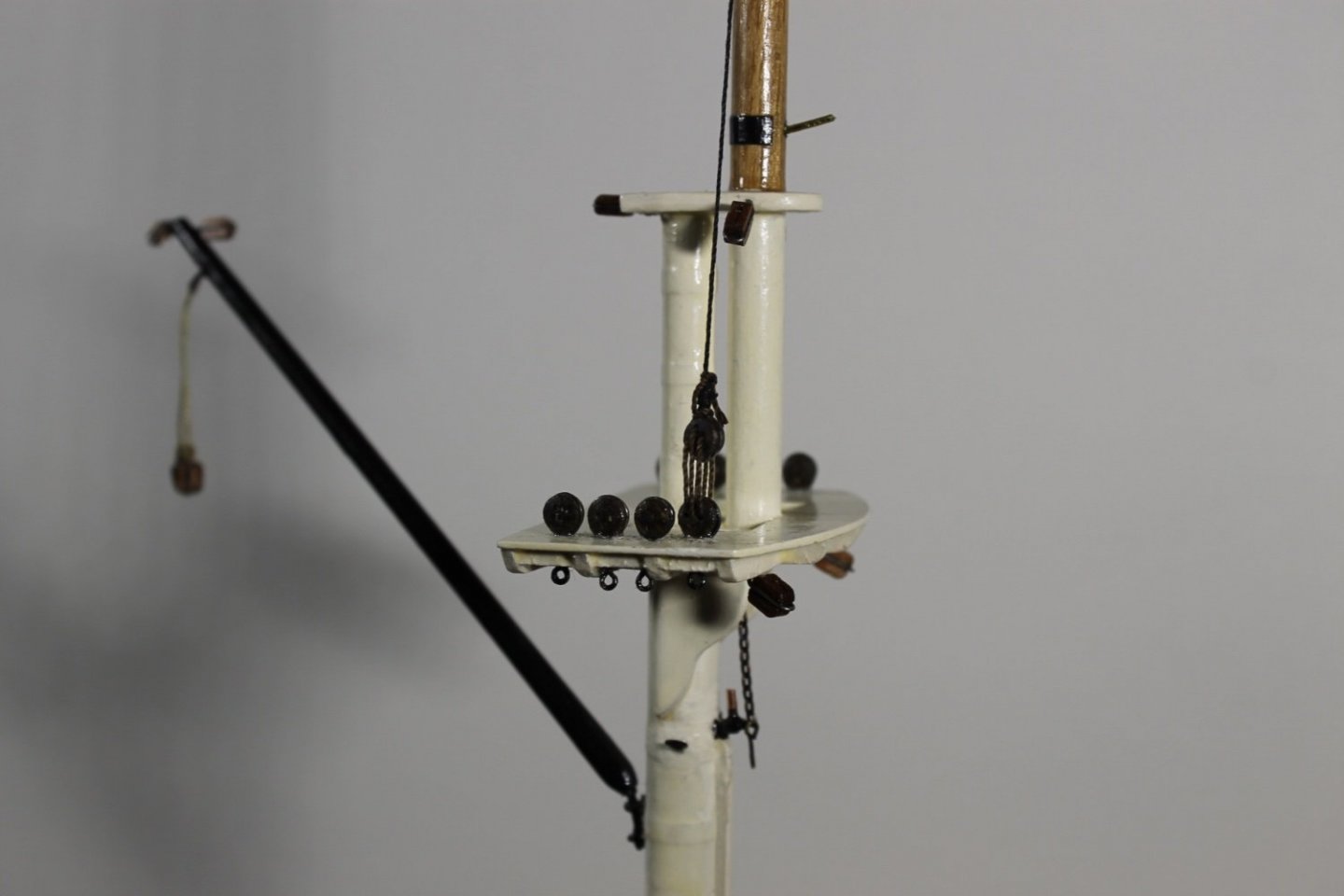-
Posts
6,085 -
Joined
-
Last visited
Content Type
Profiles
Forums
Gallery
Events
Everything posted by Keith Black
-
Baltimore Clippers seem to be the exception regarding mast rake. Most other ships employed a 3 to 7 degree rake.
-
Jimmy, she turned out great. A really swell looking model. I like the looks of her a lot, well done!
- 11 replies
-
- Corel
- Flying Fish
-
(and 2 more)
Tagged with:
-
Gene, if you would like to take on a half hull project the NRG (MSW's parent organization) sells a half hull kit. See the link below. https://thenrgstore.org/products/half-hull-planking-project
-

A warm Hello all from Seattle, WA
Keith Black replied to Wawona59's topic in New member Introductions
John, I don't know if you've see this but it's a great vid about a ship saw. If you want to skip the first part regarding replacing there keel, the bit about the saw is 7 min, 42 sec into the clip. -
Siggi, that's true during calm weather but what about those times at night in heavy weather when it's as black as the ace of spades and footing is/was even more treacherous?
-
Gene, welcome to MSW. I'll be 75 shortly, one's never too old to join in the fun. I model not only for the fun but I think it helps keep me mentally alert and I know it helps keep my fingers more nimble than they would be otherwise.
-

A warm Hello all from Seattle, WA
Keith Black replied to Wawona59's topic in New member Introductions
-

A warm Hello all from Seattle, WA
Keith Black replied to Wawona59's topic in New member Introductions
John, welcome to MSW. Make yourself comfortable and enjoy your stay. -
Thank you to all for the likes, thank you for sharing my small triumph. Thank you. Phil. Brian, thank you for the compliment and the vote of confidence. Thank you, Lynn. I didn't put things away for a spell. I have to stick with working out a problem otherwise I just stew. Thank you, Glen. Mark, thank you for your support. Thank you, Roger and thank you for the suggestion. The method I'm using (securing the shroud lines with a cinch knot) isn't difficult and it's positive. There's no chance of failure unless a line is cut. By the way, I'm using Gutermann poly thread for all the lines. The only thing really missing using a cinch knot to secure the shroud lines is the shroud line tails. I'm quite willing to make that compromise achieving the results seen in the photos I posted earlier.
-
To my dear friends and MSW family members Mark, Glen, Brian, Simon, Chief Mark, Gary, Keith, Eberhard, Rob, Pat Banyan, and Tom Black, THANK YOU! I can't say thank you enough and I am truly blessed and touched by your kindness and support. 3.0 was a success! Well, I've got one pair done, only 91 more pairs to go but who's counting! But at least I know I can do this and make the deadeyes and lanyards look acceptable. The process isn't exactly kosher but because the size is so small you really can't see what's going on. I think what I've been able to accomplish is a pretty good representation of the real thing considering the scale. The deadeyes are .48 inches edge to edge, at scale that would put the top deadeye at a sailors throat level. If the deadeye were any higher, I think it would have been difficult tying the lanyard tail to the shroud line? I didn't whip the shroud lines, it's impossible for me. I dare say Eberhard could pull it off but he's an exception to the rule. Pat Banyan shared the 'zip seizing' method of whipping. I tried it but everything is just too small to make it work and look okay. So I just used a clench knot to join the sound line to the top deadeye and to the topsail mast. As I said, it ain't kosher but it's hard to tell the difference at normal viewing distance. So now it's on to more of the same, hopefully. The fool that I am can make almost anything once. The key is being able to make the some thing a multitude of times and for each one to look the same. Again, thank you. Keith
-
Mark, wonderful news regarding the successful vision fix. Good to hear you were able to remove the PE friezes without damage.
- 505 replies
-
- vanguard models
- Sphinx
-
(and 1 more)
Tagged with:
-
Keith, great tutorial, the blocks look fantastic. Were you able to find suitable leather for the saddles?
-

Looks like an informative place. Great Just Great
Keith Black replied to rudybob's topic in New member Introductions
RB, welcome to MSW. -
Thank you for all your nice comments (I'm humbled by your words) and all the likes. Mark, I tried half heartedly to make the wheels but I knew making .40 wheels was beyond my meager skills. Your support has kept me going this last month as it's been a month of disappointment and frustration. I got all the running line blocks attached to the mizzen and then started on the mizzen deadeyes. I wire stropped the lower topsail deadeye leaving a wire tail to be the futtock. I laced the deadeyes (creating the lanyards) off mast using my thirdhand. I set it up ( put a drop of CA on the ball joints) where I didn't have to measure the distance between the deadeyes. That worked really well and I could see in my minds eye how easy it was going to be to install the shroud lines, deadeyes, and futtocks and it was going to look wonderful. And then reality took over. Even though the wire I used to strop the lower deadeyes is soft, once placed through the top there was/is no space (because of the size) to twist the wire around the eye pen representing the futtock shackle. In the process I deformed the eye pen beyond saving and had to cut the wire tails off and replace the eye pen. I went ahead and glued the bottom deadeyes to the top leaving the laced pairs ready for the top deadeye to be captured by the shroud line. It is an almost impossible task because of my shaky hands and the small sizes. While trying to make the connection my fat fingers rode roughshod on the lanyards twisting what was nice and straight to a twisted mess. I proceeded to cut off all the top deadeyes, Now the bottom deadeyes are glued to the top so I need to rig the lanyards on mast. End of deadeye pairs, 1.0 I now had to add eye pens to the bottom side of the bottom deadeyes for the futtocks. I also had the repair the damages to the mizzen created during the 1.0 attempt. This gave me a couple of days to think. Deadeyes 2.0 was now a matter of lacing the deadeye pairs on mast. I fought the good fight, got the starboard four pairs laced and still couldn't easily capture the top deadeye with the shroud line but I persisted and I thought I had things under control till it came time to try and imitate whipping. I can't whip for beans, in fact, my thread skills stink. The dogs dinner between the top deadeye and the shroud line looked a superglue glazed booger. It was pitiful. In all the years I've worked on the Tennessee I've never wanted to give up until this past Tuesday. End of deadeye pairs, 2.0 I cut the lanyards in half, again. Repaired the mizzen damage, paint and another eye pen and while drying I had more time to think. Deadeye pairs 3.0 is about to commence. Getting the top deadeye captured seems to be the root of the problem. I've eliminated that problem by stropping the top deadeye with wire and leaving a small gap above the top eye where I can run the shroud line through the gap and tie to the deadeye. The Mizzen is drying, I'm stropping to deadeyes and hopefully in a couple of days I'll be able to post a photo of something positive. Sorry for all the words, thank you for keeping me from giving up. Keith
-
Yeah, but the next morning your breath gonna smell like krill. Funny all this talk about Penguins.......Wednesday night on PBS series, 'Nature', the show was about the different penguin species. Great program and timely!
About us
Modelshipworld - Advancing Ship Modeling through Research
SSL Secured
Your security is important for us so this Website is SSL-Secured
NRG Mailing Address
Nautical Research Guild
237 South Lincoln Street
Westmont IL, 60559-1917
Model Ship World ® and the MSW logo are Registered Trademarks, and belong to the Nautical Research Guild (United States Patent and Trademark Office: No. 6,929,264 & No. 6,929,274, registered Dec. 20, 2022)
Helpful Links
About the NRG
If you enjoy building ship models that are historically accurate as well as beautiful, then The Nautical Research Guild (NRG) is just right for you.
The Guild is a non-profit educational organization whose mission is to “Advance Ship Modeling Through Research”. We provide support to our members in their efforts to raise the quality of their model ships.
The Nautical Research Guild has published our world-renowned quarterly magazine, The Nautical Research Journal, since 1955. The pages of the Journal are full of articles by accomplished ship modelers who show you how they create those exquisite details on their models, and by maritime historians who show you the correct details to build. The Journal is available in both print and digital editions. Go to the NRG web site (www.thenrg.org) to download a complimentary digital copy of the Journal. The NRG also publishes plan sets, books and compilations of back issues of the Journal and the former Ships in Scale and Model Ship Builder magazines.









